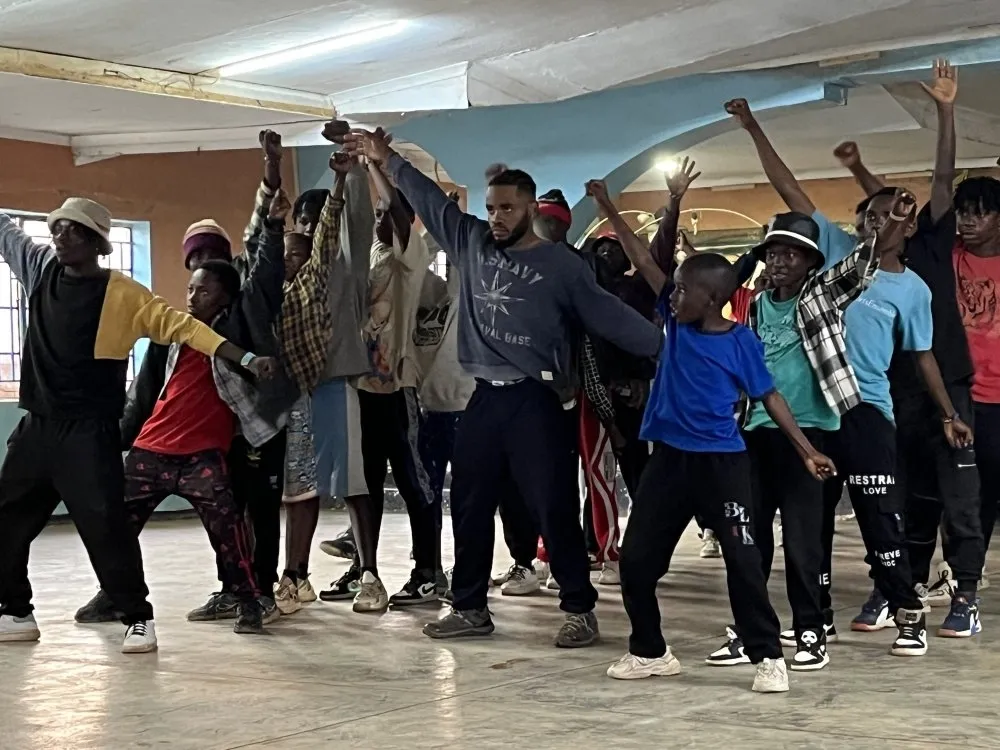 |
| A rehearsal for Salama Africa, a rigorous dance group that became famous in the Dzaleka refugee camp and in Malawi - Image Credit: Lisa Gilman |
The Dzaleka Refugee Camp in Malawi is home to a diverse community of individuals who are using creativity and initiative to make life in the camp more bearable. Despite the challenges, refugees engage in arts, entrepreneurship, and cultural activities that foster a sense of normalcy and hope. The camp hosts events like festivals that showcase talent and promote joy amid hardships. This creativity not only serves as a coping mechanism but also highlights the resilience and innovation of the refugee community.
Key initiatives within the camp include:
- Cultural and Artistic Expression: Refugees engage in a variety of artistic activities such as painting, music, dance, and theater. This fosters cultural preservation, social cohesion, and emotional healing. Events like the annual Tumaini Festival, organized by refugees, showcase talent from the camp and invite performers from around the world, bringing international attention to the camp.
- Entrepreneurship and Skill Development: Various small businesses have been established within the camp, from tailoring and food stalls to beauty salons and tech repair services. These businesses help refugees maintain a level of independence and contribute to the camp’s micro-economy.
- Education and Training: Refugees are also keen on education, with programs providing skills training in areas such as IT, languages, and vocational trades. Organizations like the Jesuit Refugee Service offer courses aimed at improving the future prospects of camp residents.
- Community Well-being: Recreational activities like sports, organized by refugee-run initiatives, serve as an important outlet for stress relief and community bonding. Football and volleyball tournaments are common, providing both players and spectators with moments of joy and escape from the daily hardships of camp life.
For full details, visit the Wilson Center.

Post a Comment